We are proud to present our Closer Than Breath member, Caroline Oakes, and her remarkable new book, Practice the Pause. Caroline weaves together ancient insight with modern neuroscience to give us a complete picture of who and what we can all become by embodying the active, contemplative way of Jesus. Masterfully written – a must read for contemplatives and Christians who long for a fresh take on their faith tradition!
In Part One of our interview with Caroline, she shares with us why it’s so important to “practice the pause” and how miraculously our brain is transformed through contemplative practice.
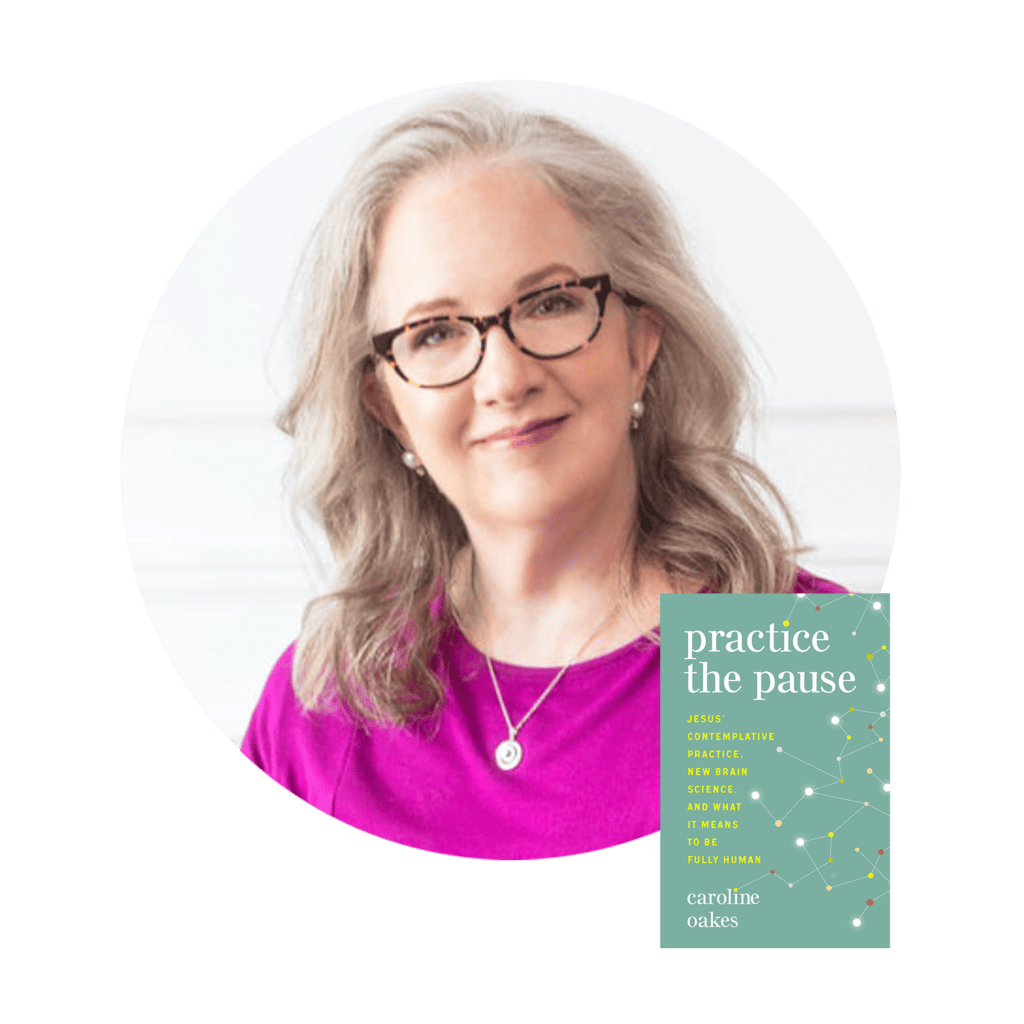
Check out Caroline Oakes’ Book “Practice the Pause” by clicking here.
1. You've recently written a book called Practice the Pause — what does it mean to be "practicing the pause," and why should we do so?
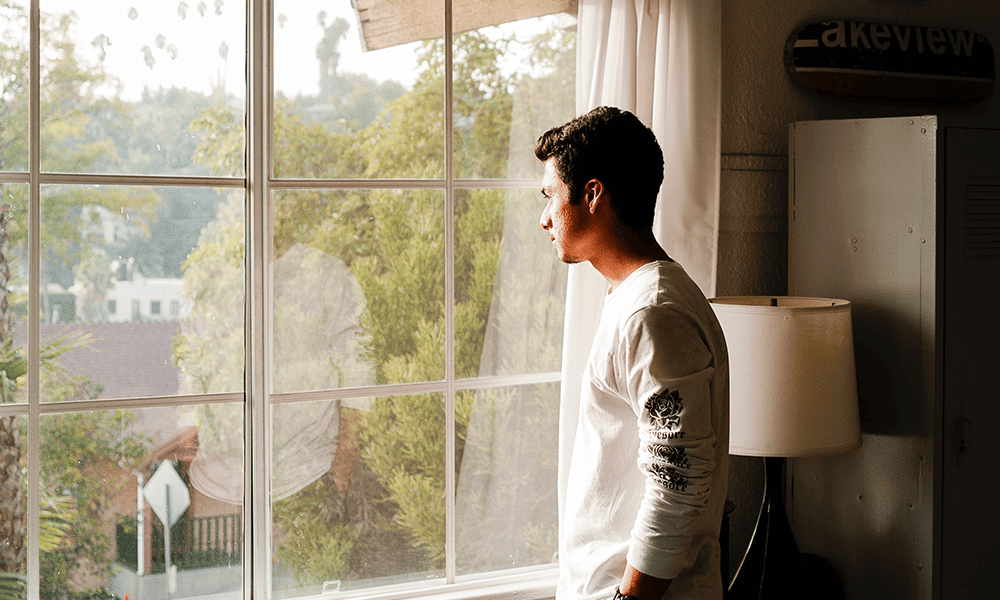
“Practicing the pause” is what we are doing when we step away from the busy-ness of our daily lives for either an intentional practice of contemplative meditation or prayer, or for even just a few contemplative moments of tuning into our innermost selves in the present moment.
For thousands of years, every major world spiritual tradition has been encouraging us to “practice the pause” as a way to develop the capacity to be less reactive, more calm, and more insightful.
And now, in what is an exciting and even revolutionary convergence of science and religion, new neuroscience is telling us the same thing.
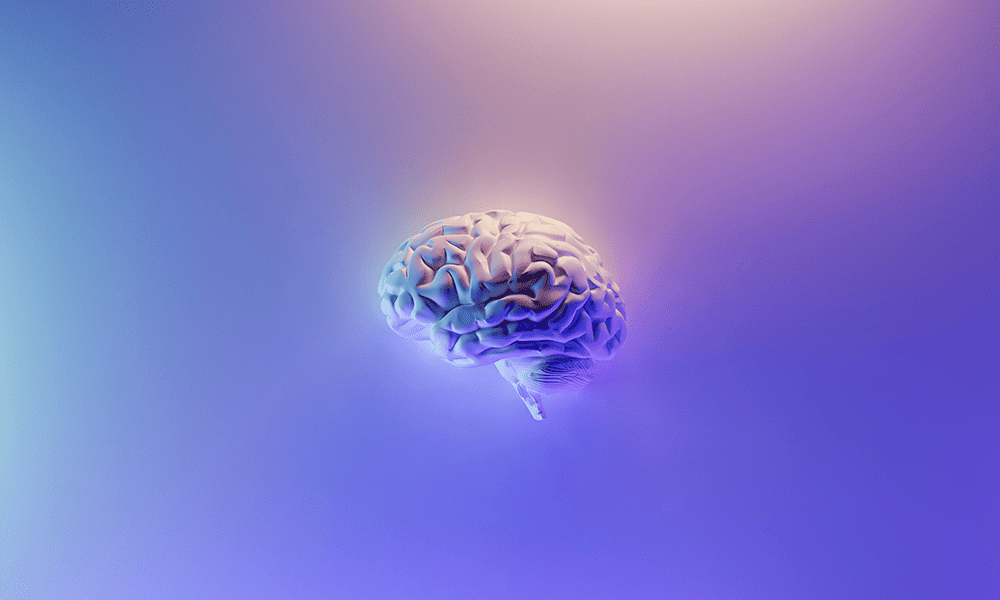
2. The “Awakening the Mind” section of your book explores the connection between contemplative practice and new neuroscience. Can you tell us a bit about this aspect of your research?
Yes, the brain science of practicing the pause is fascinating! Here is a quick snapshot of what I cover more thoroughly in the book — Advances in MRI technology during the 1990’s enabled neuroscientists to confirm the “revolutionary” phenomenon of neuroplasticity—the ability of the brain’s neural circuitry to change as a result of behavior and environment.
Following this discovery, several now-prominent neuroscientists eagerly went to work conducting neuroscience studies that have produced conclusive evidence that meditation and other contemplative practices actually rewire the brain in ways that make us more aware, insightful, compassionate and empathetic.
A new field in neuroscience then emerged and is now well-established — the field of “contemplative neuroscience” — which is the scientific study of the effect of contemplative practices on the human brain.
Now neuroscientists in universities and research centers worldwide are publishing studies confirming that intentional contemplative practices of even a relatively short duration can calm the mechanisms of our brain’s alarm system and enable our prefrontal cortex (the newest, most human part of our brain) to have time to come on board to regulate our fight/flight stress responses.
Now we can see what neuroscientist Andrew Newberg means when he says, “Contemplative practices make us more human.” 😉
3. Can you give us an idea of what neuroscience is saying about how our brain is changed and “awakened” through contemplative practice?

As we are practicing a centering meditation like mindfulness meditation or Centering Prayer, when we notice a thought, and then pause to release the thought and return to our breath (or to our sacred word), neurons in the areas of our prefrontal cortex that are involved in attention and awareness and empathy are fully activated, bringing more blood flow to those areas.
This means that as our daily practice continues for even just a few days or weeks’ duration, our highly efficient brain will wire new neural pathways in the area that is “firing” with neurons. At the same time, existing pathways in the reactive fight/flight areas of our brain that are not firing will atrophy.
Neuroscientists cite Hebb’s law to describe this process: “Neurons that fire together, wire together.” So as we practice, we are integrating regions of the brain to better communicate and give us more “space,” more time to “wake up” and engage the most human part of our brain, the pre-frontal cortex. We become less fearful and less inclined to overreact to stressful situations in our lives.

4. In your book, Practicing the Pause, you focus on the contemplative practice of Jesus. What was that exactly and how might we practice something similar?
That Jesus even had his own intentional contemplative practice, a practice that he taught and practiced himself, is news to anyone who, like me, was brought up with a predominantly Western Christian view of who Jesus is.
As Richard Rohr says, we were just never taught to look for it.
This is because Western Christians tend to understand Jesus from a “savior-oriented” perspective: Jesus as Savior, Jesus as Divine. We tend not to hear Jesus’ call to us to recognize our own divinity, our own spark of God within us.
Eastern Christians, on the other hand, tend to understand Jesus from a more “wisdom-oriented” perspective — as a master of wisdom who was teaching and showing us a way to transform our consciousness, to see beyond the fight/flight reactions of our ego, and to attune to that of God within us.
Reading the gospels, then, through more of an Eastern Christian lens, we are able to notice Jesus consistently and intentionally taking time on his own to be with God. This practice “was his custom,” the gospel writers tell us, sometimes for just a few moments before everyone else is awake, sometimes through the night, and always before an important event in his ministry.
We begin to notice the definitive pattern in Jesus’ practice as a kind of flowing back-and-forth rhythm of pausing to let go (of egoic agenda, fear, judgment, expectations) and then returning to the Divine Presence within again and again — Let go. Return. Let go. Return.
This is the rhythm and pattern of Jesus’ practice. Notice — this is the rhythm and pattern of our own practice of Centering Prayer! (And, we now know, this is the rhythm and pattern that brain science tells us actually rewires our brain).
Stay tuned for Part Two of our interview with Caroline Oakes!
Check out Caroline Oakes’ website here: https://www.carolineoakes.com/
Check out Caroline Oakes’ Book “Practice the Pause” by clicking here.
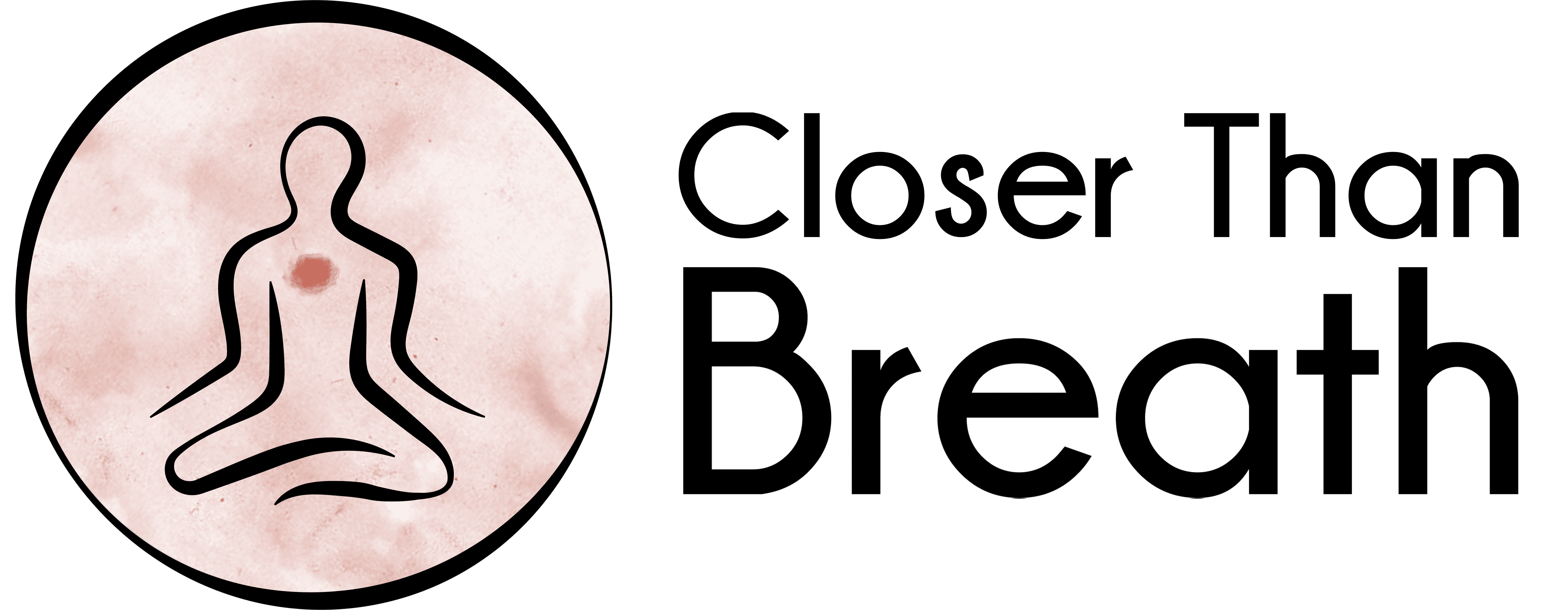
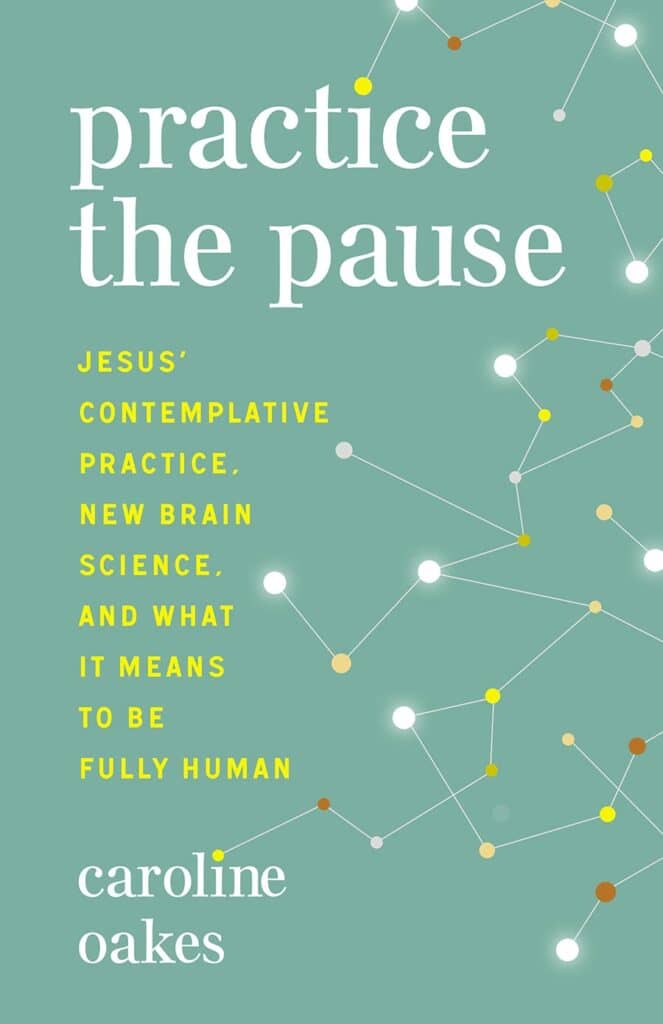
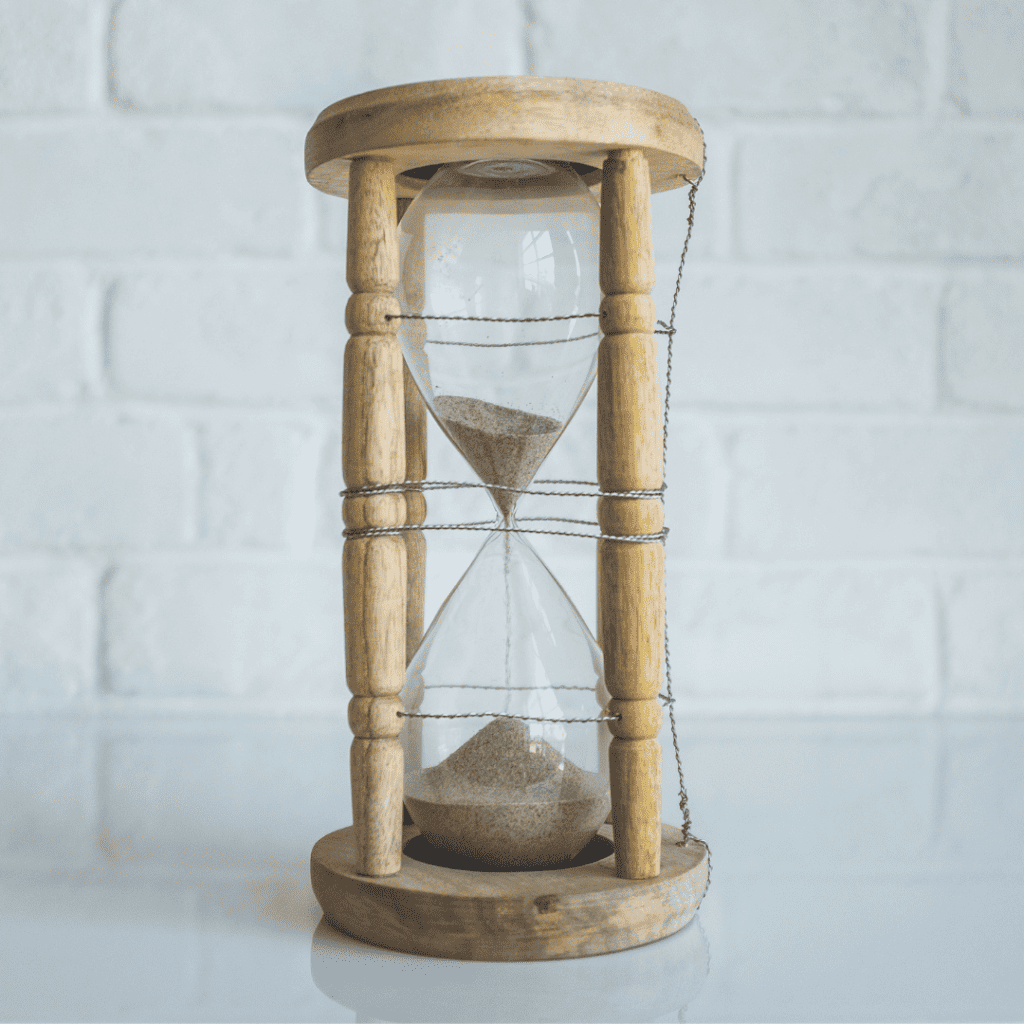
Caroline,
Hi, this is Robert. These blogs are so informative. This is info one of our guys at Deer Ridge Correctional was looking for prior to Covid: this connection between meditation and a re-wiring with the potential to change our behavior. Of course, I would have to say I’m after the same. A reminder of our Oneness indeed. I can’t wait to read your book, though I have an imposing stack by my desk:-) I’m grateful for all the blood, sweat, and tears you have put into “Practice the Pause.”
See you at one of our sits.
in friendship
Robert
I love this book and initially found it on the spirituality and practice website. It was so good, I’ll be reading it again! There are so many good reasons for Contemplative prayer! Truly transformative on so many levels. I appreciate the explanation of the differences between the East and the West in looking at Jesus and hope and pray that East & West can be more aligned. Also love this website Keith. Keep spreading the word!!❤️